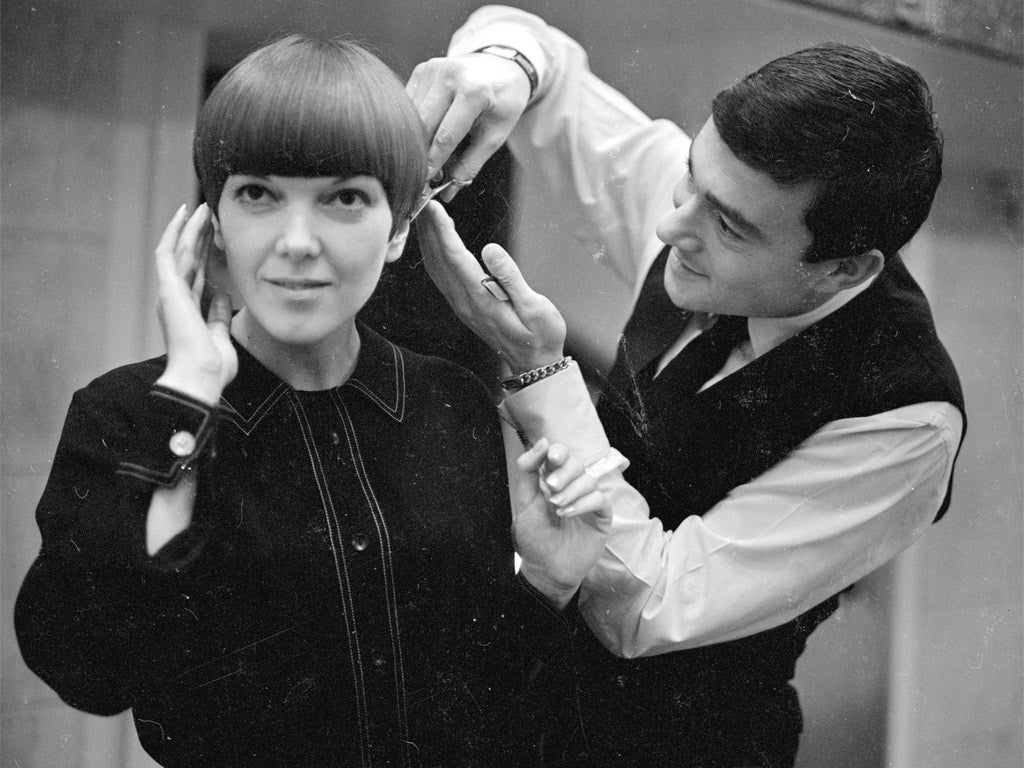TV review: Bouffants, Beehives and Bobs: the Hairstyles That Shaped Britain
From Swinging Sixties salons to unisex fashion, this stylish show made the cut

Apart from a brief experimental phase during which I emerged from a Puerto Rican barbershop in Manhattan with a sort of rat's-tail mullet, my hairstyle has remained boringly constant over the years ("the usual, sir?"), so forgive me from raising my untrimmed eyebrows at the statistic that the average woman gets through 30 hairstyles in a lifetime.
But then the BBC4 documentary responsible for that figure, last night's Bouffants, Beehives and Bobs: the Hairstyles That Shaped Britain, which charted the post-war British hairstyle, was eventually quite persuasive. After all, nothing ages faster than a haircut, and here was some brilliant footage to prove it. Even more brilliantly, we met a "vintage hairdresser", who back-combs and lacquers hair to match vintage frocks. It had to happen.
I'm still sceptical about just how much can be read into changing hair fashions apart from the general post-war blurring of the sexes, but this was still a lively overview of tonsuring, from the Brixton-born, faux-French-accented Raymond "Teasy Weasy" onwards, by way of Vidal Sassoon ("I prefer to be called a designer") to the crisis in "unisex" hairdressing salons when it seemed that the unkempt hippie locks were going to become universal.
The male grooming industry was saved in 1971 by the "feather cut" (aka "the shag" – think of Slade in their heyday). Bouffants, Beehives and Bobs is of course the sort of programme that would never have been commissioned before the advent of BBC4, even if it did re-trace some of the ground covered in last year's BBC1 Imagine… documentary Vidal Sassoon – a Cut Above, and this kind of archive-rich social history is particularly well served by the channel. Rather like observers of the fast-changing hairstyles of the 1960s, I found myself asking: whatever next?
Subscribe to Independent Premium to bookmark this article
Want to bookmark your favourite articles and stories to read or reference later? Start your Independent Premium subscription today.

Join our commenting forum
Join thought-provoking conversations, follow other Independent readers and see their replies